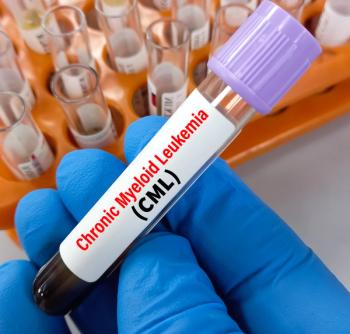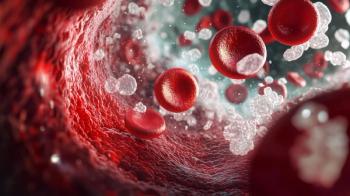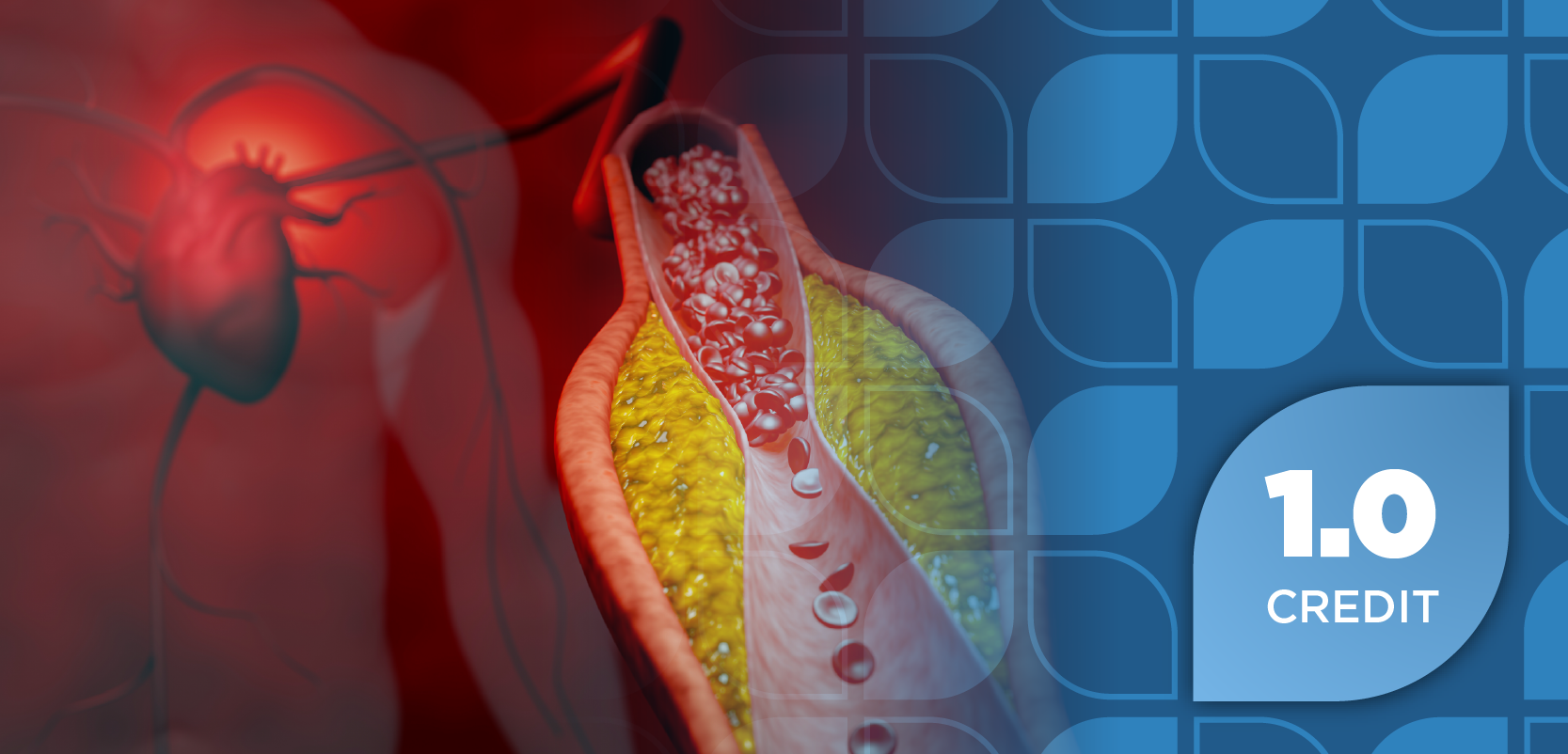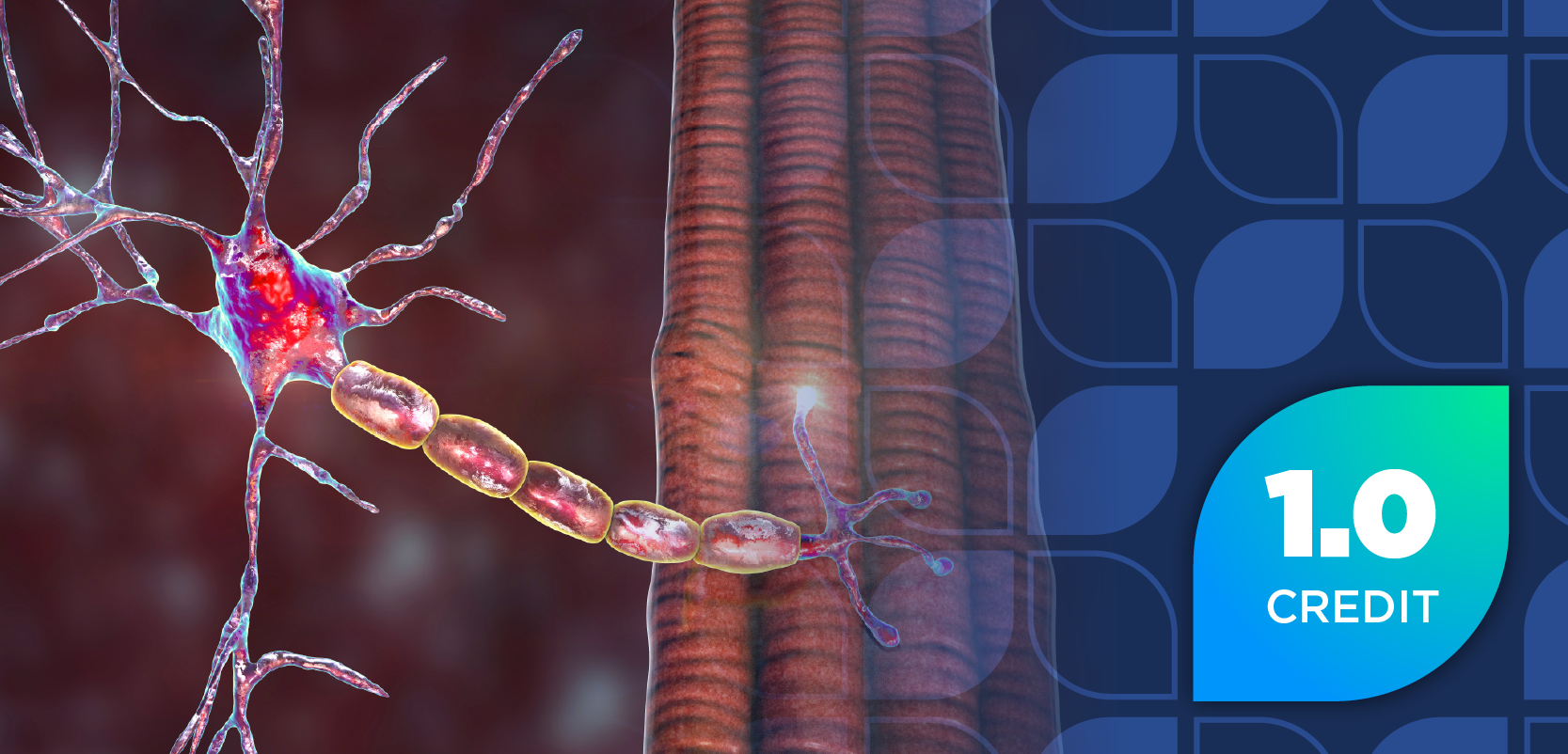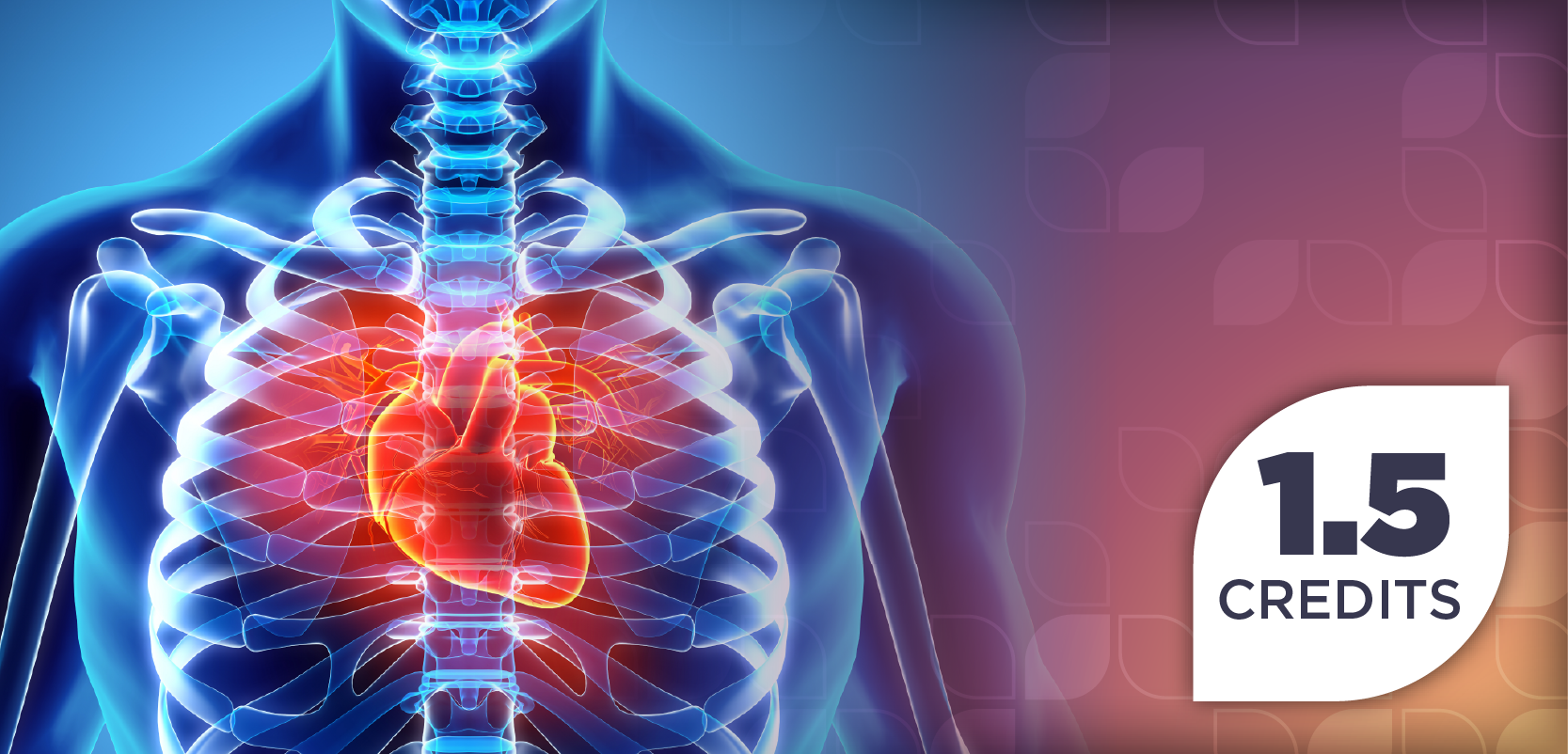
Important Drug-Micronutrient Interactions to Know
When a patient is taking medications, there is potential for interaction that may put nutrient balance out of order.
Micronutrients and medications use the same transport and metabolic pathways in the body for absorption, metabolism, and elimination.
When a patient is taking medications, there is potential for interaction that may put nutrient balance out of order. Consequently, the action of a drug may also be affected by a micronutrient.
One well-known drug-micronutrient interaction is a decrease in the efficacy of tetracyclines due to calcium. In addition, the physiological function of a vitamin or mineral may be impaired by a drug, such as antagonism of folic acid by methotrexate.
Disturbance of micronutrient levels can result in serious metabolic disturbances, as there is hardly a single physiological process in the body that is not mediated by one or another of these biocatalysts.
Given the ever-increasing number of pharmaceutical products on the market and the frequency with which they are used, greater attention must now be given to the effects of drug therapy on micronutrient balance in order to minimize the potential risk to the health of patients.
When evaluating factors that influence drug-micronutrient interactions, the duration of drug treatment and the patient’s nutritional status prior to the start of treatment are of critical importance. Other factors that need to be taken into account are drug dosage and pharmacokinetic and pharmacodynamics profiles.
A drug has the potential to change many factors depending on its type. Inhibition of endogenous micronutrient synthesis, increased renal/intestinal excretion, impaired absorption of energy sources and micronutrients, and disturbances of micronutrient metabolism are just a few of many examples.
Patient factors influencing micronutrient status include age, sex, illness, dietary habits, self-medication with supplements, gastrointestinal integrity, liver and kidney function, and consumption of unhealthy foods/substances such as alcohol, cigarettes, and candy.
As a general rule, the micronutrient status of a healthy person with a balanced diet is not adversely affected by the use of pharmaceuticals over short periods. If intake of a micronutrient is already inadequate, or if a drug has been taken for a lengthy period or alongside other drugs, then interactions between micronutrients and drugs become relevant and need to be taken into account.
The patient populations that pharmacists should pay the most attention to are the chronically ill on long-term maintenance medications and the elderly with multiple morbidities and multiple drug therapies. Another group of patients are those who are self-medicating without seeking the advice of a physician or pharmacist.
Here is an overview of a selection of common drugs and their interaction with one or more micronutrients, the mechanism of action (MOA) of the interaction, and the consequence of the interaction:
Drug
Micronutrient
MOA
Consequence
Aspirin
Vitamin C
Vitamin E
Iron
Decreased absorption, increased renal excretion, decreased intragastric vitamin C concentration
Interaction with vitamin K at vitamin E dosage ≥800IU/d.
Intensification of irritant action on mucous membranes
Increased gastric mucosa damage
Prolongation of bleeding time
Increased GI intolerability, risk of ulcers
Antacids and acid blockers
Antacids containing Al/Mg hydroxide
Iron/Zinc
pH shift, complex formation
Iron/zinc deficiency
H2 blockers
Vitamin B12
Zinc, Iron
Bacterial colonization, decreased vitamin B12 absorption
pH shift, decreased Zn/Fe absorption
Vitamin B 12 deficiency
Zn/Fe status decreased
Proton pump inhibitors
Vitamin B12
pH shift, decreased absorption, decreased B12 release from R-protein
Vitamin B12 deficiency (megaloplastic anemia), hyperhomocysteinemia
Antiasthmatics
Theophylline
Vitamin B6
Decreased plasma pyridoxal 5-phosphate (PLP) concentration (pyridoxal kinase antagonist)
PLP deficiency (eg, sleep disturbances, nausea, irritability), hyperhomocysteinemia
Antibiotics
Broad-spectrum antibiotics
Biotin, vitamin K
Inhibition of intestinal biotin and vitamin K synthesis
Adverse effect on biotin and vitamin K status
Cephalosporins
Vitamin K
L-Carnitine
Inhibition of endogenous vitamin K synthesis
Renal losses of pivaloylcarnitine, decrease in plasma concentration of free carnitine
Adverse effect on biotin and vitamin K status
Adverse effect on carnitine status
Chloramphenicol
Vitamin B12
Decreased vitamin B12 absorption
Vitamin B12 deficiency (megaloplastic anemia), hyperhomocysteinemia
Tetracyclines
Calcium, magnesium, iron, zinc
Vitamin C
Complex formation, decreased antibiotic absorption
Increased renal vitamin C excretion
Decreased antibiotic efficacy; observe interval between administration
Decreased vitamin C status
Antidiabetics
Oral antidiabetics, insulin
Alpha-lipoic acid
Intensification of the blood sugar-lowering action (increased PDH and alpha-KGDH activity)
Risk of hypoglycemia
Metformin
Vitamin B12
Inhibition of calcium-dependent receptor-mediated endocytosis of the IF-B12 complex (impaired absorption)
Vitamin B12 deficiency (megaloplastic anemia), hyperhomocysteinemia
Antiepileptics
Phenytoin, phenobarbital, primidone, carbamazepine
Vitamin D, calcium
Cytochromes P450 induction, which increases vitamin D metabolism; calcium absorption is decreased and calcium utilization decreased
25-OH-vitD3 and 1,25-(OH)2-VitD3 decreased, PTH increased, pyridinoline increasedàall leading to osteopathia antiepileptica
Phenytoin
Folic acid (Caution: no more than 1 mg folic acid/day)
Increased folic acid metabolism, decreased folic acid absorption, increased oxidative phenytoin metabolism
Folic acid deficiency (increased homocysteine, megaloblastic anemia, gingival hyperplasia); decreased antiepileptic efficacy
Valproic acid
L-Carnitine
Decreased carnitine-acyl-carnitine translocase, increased valproyl-carnitine excretion, decreased carnitine concentration
Carnitine deficiency, cardiac dysfunction, fatigue, liver pathologies
Antihypertensives
ACE inhibitors
Captopril
Candesartan
Potassium
Zinc
Potassium
Renal potassium excretion decreased
Renal zinc excretion increased
Renal potassium excretion decreased
Hyperkalemia
Zinc depletion (e.g.hypogeusia)
Hyperkalemia
Anticoagulants
Vitamin K antagonists
(coumarin)
Vitamin K
Coenzyme Q10
Antagonism
Structural similarity between CoQ10 and Vitamin K
Anticoagulant antagonism
Higher doses of CoQ10 can reduce efficacy of warfarin (monitor INR)
Anti-inflammatories
Diclofenac, Ibuprofen, Indomethacin
Vitamin E
Synergy: inhibition of COX-2 is potentiated by Vitamin E
NSAIDs: anti-inflammatory efficacy increases, requirement decreases, GIT side effects decrease
Methotrexate
Folic acid
Folic acid antagonist (THF reductase)
Folic acid deficiency, leukopenia, thrombocytopenia, stomatitis, gingivitis, hyperhomocysteinemia
Sulfasalazine
Folic Acid
Folic acid absorption decreased
Folic acid deficiency, hyperhomocyseinemia
Antituberculotics
Cycloserine
Vitamin B6
Inactivation of pyridoxal phosphate due to complex formation
Pyridoxal phosphate deficiency, increased neurotoxicity, paresthesias
Ethambutol
Zinc
Complex formation, renal zinc excretion increased
Zinc deficiency, possible disturbances of visual function and optic nerve damage
Isoniazid
Vitamin B6
Inactivation of pyridoxal phosphate due to complex formation (Schiff base)
Vitamin B6 deficiency, increased neurotoxicity, (eg seizures, peripheral neuritis, optic neuritis
Isoniazid, rifampicin
Vitamin D
Vitamin D breakdown due to induction of microsomal liver enzymes
25-OH-D3 concentration decreases, risk of hypocalcemia and hypophosphatemia
Beta blockers
Beta-receptor-blockers
Nicotinic acid (niacin)
Vasodilation increases
Antihypertensive action increased
Bisphosphonates, oral
Alendronate, risedronate
Calcium, Magnesium, Iron, Zinc
Formation of poorly absorbable complexes
Efficacy of bisphosphonates decreased, observe interval of several hours between administration
Corticosteroids
Prednisolone, dexamethasone
Vitamin D, Calcium
Vitamin C
Anti-vitamin D effect: Calcium absorption decreased, renal excretion increased, serum osteocalcin concentration decreased
Vitamin C excretion increased and oxidation increased
Corticoid-induced osteoporosis
Vitamin C status decreased
Diuretics
Thiazides, Furosemide
Thiazides
Furosemide, HCTZ/triamterene
Spironolactone
Magnesium, Potassium
Calcium, Vit D
Folic Acid
Potassium
Mg and K excretion increased, myocardial potassium and magnesium decreased
Renal calcium excretion decreased
Folic acid absorption decreased, renal folic acid excretion increased, folic acid antagonism
Potassium excretion decreased
Vasoconstriction, blood pressure increase, LVEF decrease, (hyperlipidemia, glucose tolerance decreased)
Blood calcium concentration increased
Folic acid status decreased, hyperhomocyseinemia
Hyperkalemia
Antigout drugs
Colchicine
Allopurinol
Vitamin B12
Iron
GI tract: mucosal damage, B12 absorption decreased
Allopurinol can increase iron storage in liver
Vitamin B12 deficiency, megaloblastic anemia
Increased risk of hepatocellular toxicity, combination should be avoided
Updated February 1, 2016
Newsletter
Stay informed on drug updates, treatment guidelines, and pharmacy practice trends—subscribe to Pharmacy Times for weekly clinical insights.

